Catania
The capital city of the province of the same name, Catania is one of Italy’s 15 metropolitan cities (an administrative unit including a large city and its satellite towns). It lies halfway up the eastern coast of Sicily on the slopes of Etna, Europe’s tallest – and active – volcano.
During its long history, the city has been struck several times by eruptions and earthquakes. After the major earthquake in 1693, the city was rebuilt in Baroque style, which to this day remains its hallmark and led to its inclusion in UNESCO’s World Heritage List, together with the towns of the Val di Noto.
The surrounding territory is very varied, from the mountain slopes of Etna to the plains to the south of the city. The main natural attractions are the Park of Etna and the Oasis of Simeto, the island’s main river, which flows to the south of the city.
The surrounding territory is very varied, from the mountain slopes of Etna to the plains to the south of the city. The main natural attractions are the Park of Etna and the Oasis of Simeto, the island’s main river, which flows to the south of the city.
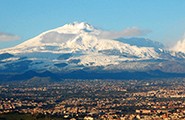
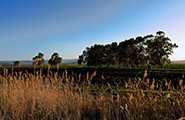
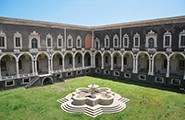
Catania originated from a Sicanian settlement on the hill which today hosts the Monastery of the Benedictines. As many other Sicilian cities, it too bears the signs of the various peoples which dominated it over the centuries. Indeed it owes much of its present-day charm to the coexisting signs of the Greek, Roman, Norman and Aragonese periods, followed by its exceptional reconstruction in late Baroque style.
The many traces of Roman civilisation bear witness to the city’s importance between the 2nd and 3rd centuries: the Roman Theatre, the Amphitheatre, the Odeon, an aqueduct and several Roman baths and burial areas, some of which are today included in the city’s Greek-Roman Archaeological Park.
But the signature architectural style of Catania is clearly the Baroque, found in its churches, palaces, portals and fountains. The best way to appreciate its magnificence is to walk through Via Etnea, the main avenue of the historic centre and the city’s show piece, linking Piazza del Duomo to Mount Etna.
The many traces of Roman civilisation bear witness to the city’s importance between the 2nd and 3rd centuries: the Roman Theatre, the Amphitheatre, the Odeon, an aqueduct and several Roman baths and burial areas, some of which are today included in the city’s Greek-Roman Archaeological Park.
But the signature architectural style of Catania is clearly the Baroque, found in its churches, palaces, portals and fountains. The best way to appreciate its magnificence is to walk through Via Etnea, the main avenue of the historic centre and the city’s show piece, linking Piazza del Duomo to Mount Etna.
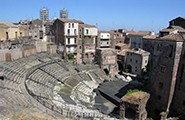
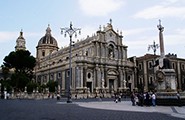
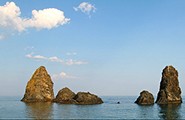
The presence of Mount Etna and its millennia of volcanic activity have shaped a distinctive shoreline, ranging from the black pebbles of Praiola and San Giovanni Li Cuti to the spectacular Cyclops’ Riviera. The beach favoured by the locals is La Playa, a long, well-equipped beach to the south of the city.
Apart from Mount Etna, Baroque architecture and its beaches, Catania offers visitors a vibrant night life making it one of the liveliest cities in Europe. Don’t miss the spectacle of the squares in its historic centre which come to life above all during the summer months.
Apart from Mount Etna, Baroque architecture and its beaches, Catania offers visitors a vibrant night life making it one of the liveliest cities in Europe. Don’t miss the spectacle of the squares in its historic centre which come to life above all during the summer months.

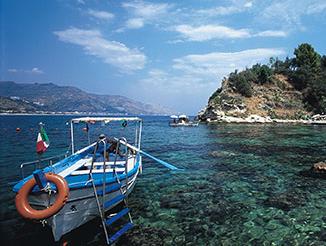
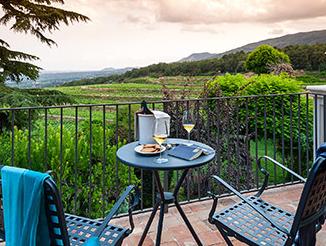
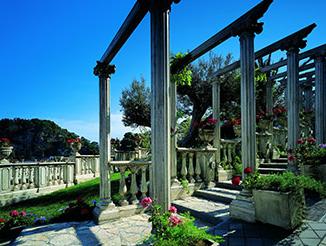
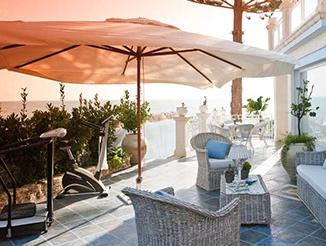
Information on Sicily
Hotels and Villas West Sicily
Hotels and Villas in South Sicily
Back to Top


